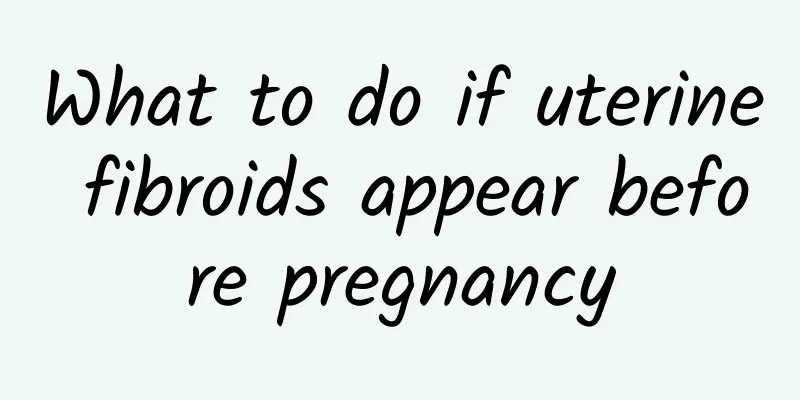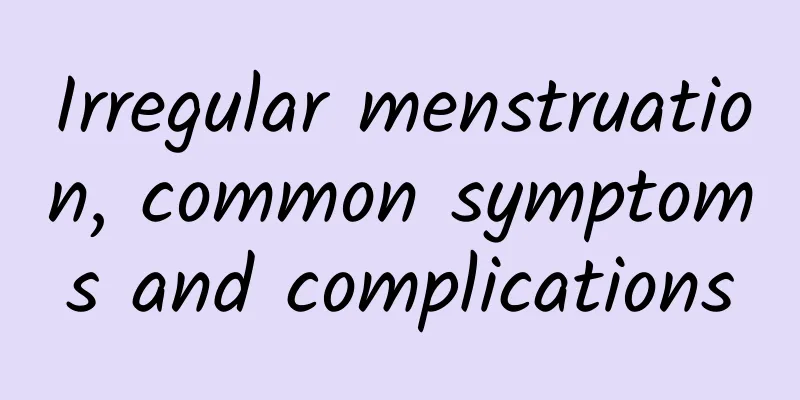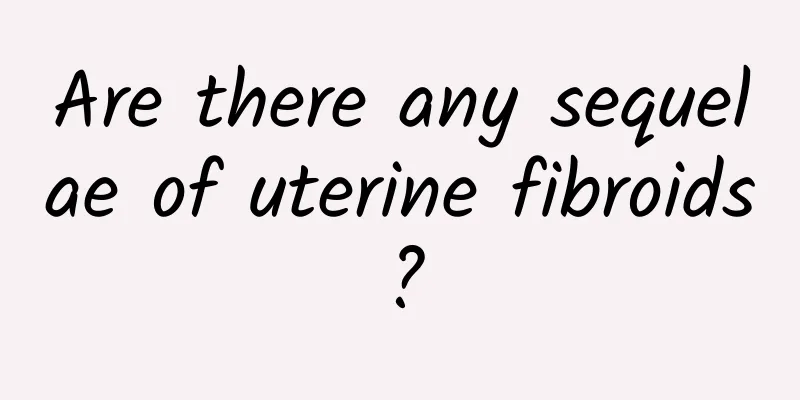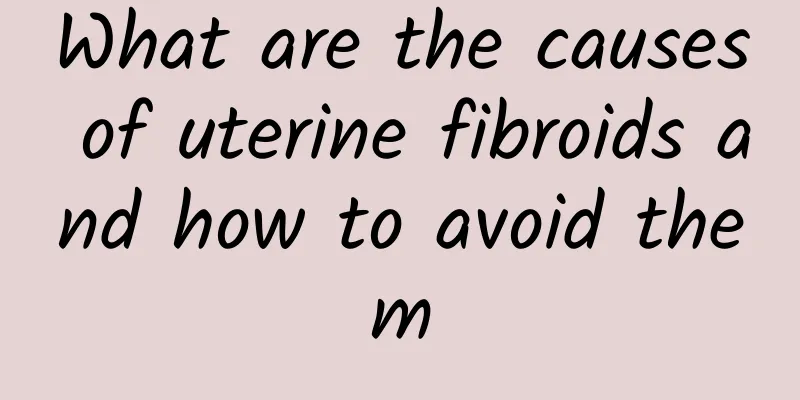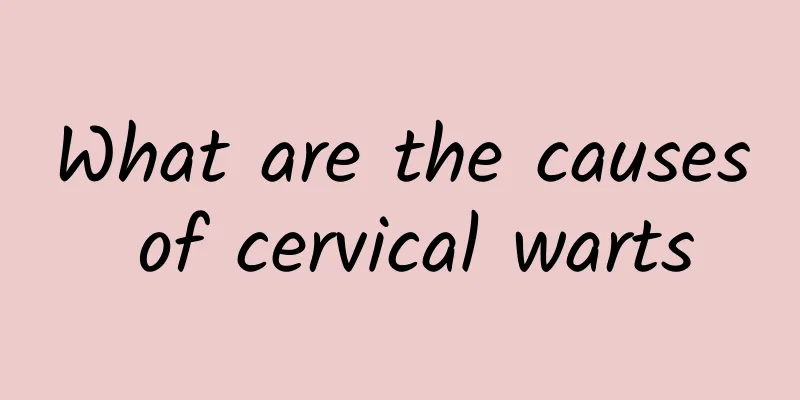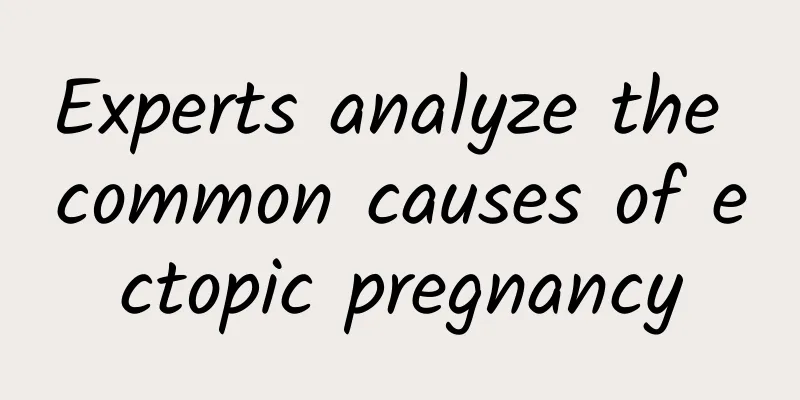Can I get pregnant with bilateral polycystic ovaries?

|
Polycystic ovary pregnancy is actually divided into many types. Among them, there is a situation of bilateral polycystic ovarian changes. When such a situation is found, you should pay more attention and it is best to see a doctor for treatment. If you want to get pregnant, you need to pay more attention to your health and pay attention to changes in your body's condition. So can you get pregnant with polycystic ovaries on both sides? Can I get pregnant with bilateral polycystic ovaries? Some women have been suffering from infertility for a long time. After going to the hospital for examination, they found that there was a problem with the uterus and ovaries. The uterus and ovaries are the places where egg cells are produced. The health of the uterus and ovaries directly determines the success rate of pregnancy. If a woman has bilateral polycystic ovaries, she needs to be treated in time. What does bilateral polycystic ovaries mean? Let's learn about it together. What does bilateral polycystic ovaries mean? The so-called bilateral polycystic ovary syndrome refers to the polycystic ovarian syndrome in women. Polycystic ovaries can cause ovulation disorders or anovulation in women, and eventually lead to female infertility. Symptoms of bilateral polycystic ovaries include irregular menstruation, obesity, excessive hair growth and female infertility, which have a great impact on the health of many female friends. It is necessary to go to a regular hospital for examination in time to avoid missing the best time for treatment. The exact cause of PCOS is unknown. It is currently believed that the uterus and ovaries produce too much androgen, and the excess of androgen is the result of abnormal synergy of various endocrine functions in the body. The purpose of treatment is to establish a normal menstrual cycle with ovulation, restore fertility, and eliminate excess hair. Once a normal menstrual cycle is established, pregnancy can be achieved, the uterus and ovaries no longer produce too much androgen, and the symptoms will gradually subside. The symptoms of bilateral polycystic ovary syndrome mainly include menstrual disorders or even amenorrhea. Many patients will also have high levels of testosterone and increased prolactin levels. The patient's ovaries will be enlarged, and there will be multiple small eggs. Even if ovulation occurs, ovulation disorders or luteinized cysts and thick ovarian walls may occur, which are related to pancreatic antagonism. Immune substances may appear around the patient's ovaries, affecting the maturity or discharge of eggs. How to treat bilateral polycystic ovaries The uterus and ovaries are a very important part of the female urinary system. Without the uterus and ovaries, there will be no oocytes, and of course no oocytes will meet with sperm to form sperm and eggs. Many women have bilateral ovarian polycystic disease, which makes these women very confused and think that their fertility will be affected. So how to treat bilateral ovarian polycystic disease? How to treat polycystic ovary There are many treatments for polycystic ovary, but it is also necessary to closely follow the conditioning of daily life, from diet to conditioning of daily life. 1. Food, clothing, housing and transportation care: Female patients with ovarian infertility should first pay attention to their daily life care: pay attention to daily life, suitable living environment, moderate exercise, and avoid overwork. Especially in long-term treatment, you should pay attention to rest, maintain energy, eat nutritious food, pay attention to changing clothes according to weather changes, and avoid infection by bacteria, viruses, etc. 2. Healthy diet: Experts suggest that patients with ovarian infertility should usually choose foods with low glycemic index and eat less foods containing saturated fat and esterified oleic acid, such as pork and beef, white meat, various livestock and animal skins, cream, artificial cream, whole milk, fried foods, etc. |
<<: Why Polycystic Ovary Syndrome
>>: What are the symptoms of polycystic ovary
Recommend
What to eat after cervical erosion surgery
After the cervical erosion surgery, there is no m...
What are the symptoms of ovarian cysts?
In life, there are more and more patients with ov...
What health damage does uterine fibroids cause?
Uterine fibroids are a common disease in women, a...
Brown discharge after 10 days of abortion
It may be normal to have brown discharge 10 days ...
Why Polycystic Ovary Syndrome
Polycystic ovary syndrome is a common disease cau...
What are the main symptoms of cervical erosion?
Cervical erosion is a common gynecological diseas...
Common causes of ovarian cysts in daily life
Understanding the causes of ovarian cysts should ...
How to care for patients with hyperprolactinemia in daily life
Hyperprolactinemia is no longer a rare disease in...
How to treat severe cervical erosion? 3 treatments for severe cervical erosion
Severe cervical erosion must receive professional...
What are the ways to prevent acute adnexitis?
Adnexitis is a gynecological disease that is more...
Can I use a pregnancy test stick to detect an ectopic pregnancy?
Pregnancy test sticks are a common pregnancy test...
What are the symptoms caused by irregular menstruation in women?
It is common for women to suffer from irregular m...
Which gynecological hospital is good in Hangzhou?
For patients who want to treat gynecological dise...
envious! The reason why you can’t gain weight even if you eat a lot is because you have “slim genes”! TABATA campaign to fight obesity
If you eat the wrong tonic food in winter, be car...
How to treat acute pelvic inflammatory disease
How to treat acute pelvic inflammatory disease? E...


